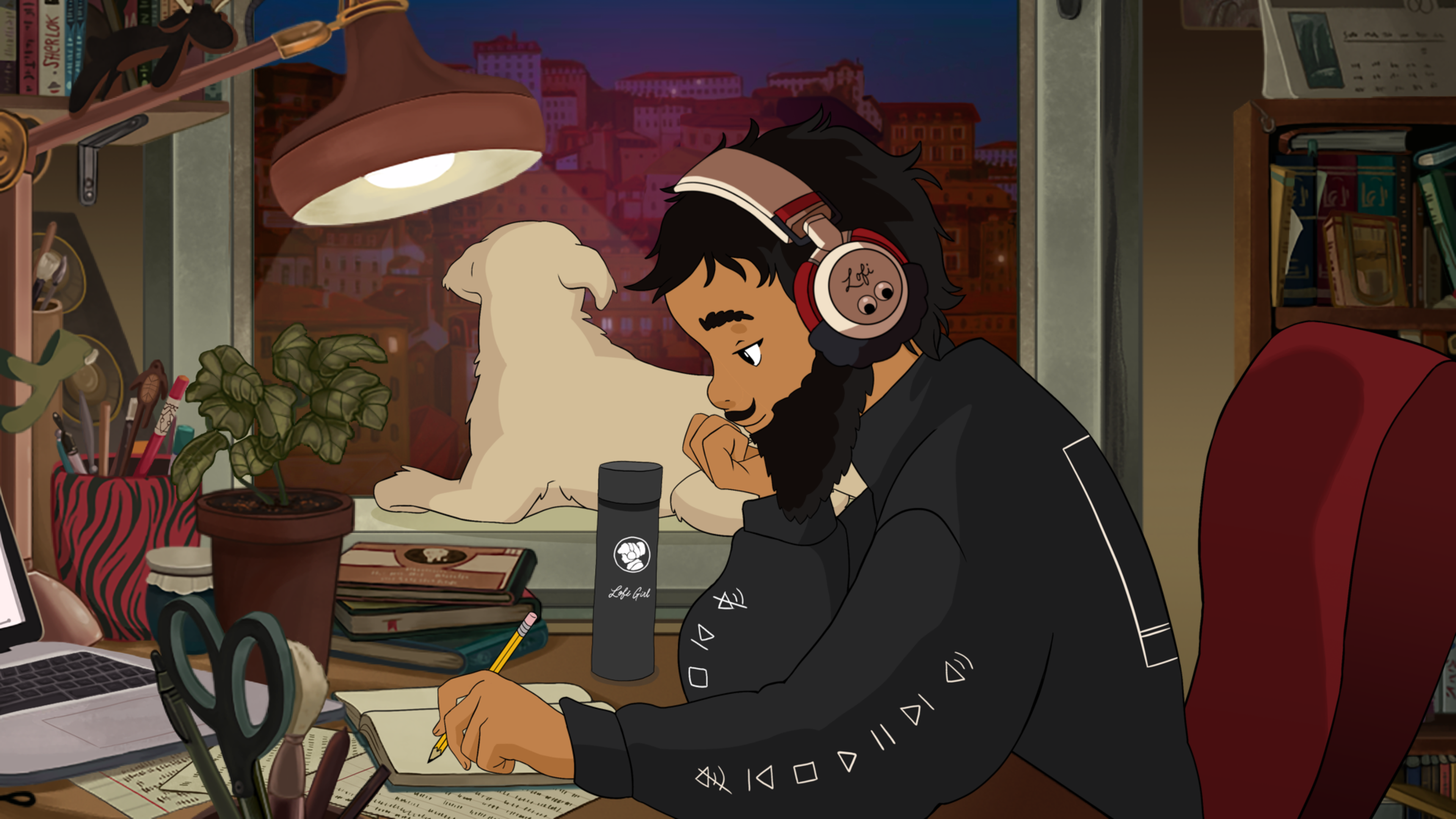Brainstorm React App
This app started off just like any other app, with a simple question.
"What am I going to code?"
It then occured to me how convenient it would be to have a program that helps me plan out my concepts. The answer felt a bit unimaginative to me at first but considering that it was better than everything else I was coming up with at the time, I decided to lean into it.
I now present to you Brainstorm! Your one stop shop when it comes to all your planning needs. The site has three section you can interact
with.
-
Tasklist
-
Code Editor
-
Text Editor/Html Converter
It should open up with presenting the title of the program, prompting the user to scroll down to get to the main components. I added some parallax styling because I felt that it would work well with the design I was going for.
Tasklist
The leftmost console is a tasklist that lets the user note down and track their progress as they build out a program. You can add a task using the button and remove a task by simply clicking on any of the tasks on the list. The task gets posted to a database that loads along with the website. This way all your tasks are saved even on refreshing the page.
I built this Tasklist in the following components
-
App
-
CodeNotes
TaskList
Task
NewTaskList
-
I wanted to handle all my code that had to do with writing and posting tasks tucked away under one component so I did just that with CodeNotes.
function CodeNotes() {
const [tasks, setTask] = useState([]);
useEffect(() => {
fetch("http://localhost:4000/tasks")
.then((r) => r.json())
.then((notes) => setTask(notes));
}, []);
function handleAddTask(newtask) {
return setTask([...tasks, newtask]);
// console.log(tasks)
}
function handleDeleteTask(deletedItem) {
const updatedItems = tasks.filter((task) => task.id !== deletedItem.id);
setTask(updatedItems);
}
return (
<div>
<TaskList tasks={tasks} deleteTask={handleDeleteTask} />
<NewTaskList
tasks={tasks}
text={tasks.text}
handleAddTask={handleAddTask}
/>
</div>
);
}
export default CodeNotes;
The first thing you’ll notice here is the fetch request I’m making to get the data for my tasks from a predefined server. I then load the data that’s already a json into my setter function. I then coded the handleAddTask and handleDeleteTask functions that will be handling the POST and DELETE requests I wrote in the child components.
Code Editor
This was a fun little project I did for fun and decided to incorporate it into my app. I wrote the whole thing in index.html. This part is just a test bed to play with code superficially. You can render html, css and code javascript to interact with the content in the iframe.
<div class="codeeditor">
<textarea id="html-code">HTML code... </textarea>
<textarea id="css-code">Css Code... </textarea>
<textarea id="js-code">Javascript Code...</textarea>
<div id="iframe">
<iframe id="output"></iframe>
</div>
</div>
I started by first creating the textboxes for each, along with an iframe as listed above.
<script type="text/javascript">
function run() {
let htmlCode = document.querySelector(".codeeditor #html-code").value;
let cssCode =
"<style>" +
document.querySelector(".codeeditor #css-code").value +
"</style>";
let jsCode = document.querySelector(".codeeditor #js-code").value;
let output = document.querySelector(".codeeditor #output");
output.contentDocument.body.innerHTML = htmlCode + cssCode;
output.contentWindow.eval(jsCode);
}
document
.querySelector(".codeeditor #html-code")
.addEventListener("keyup", run);
document
.querySelector(".codeeditor #css-code")
.addEventListener("keyup", run);
document.querySelector(".codeeditor #js-code").addEventListener("keyup", run);
</script>
Under it I wrote up a function assigning the values of textboxes to variables and essentially running the text I input through the browser console but outputting into the iframe. Since I wrote this out on the html file, it serves as the center console of my app and doesn’t get affected by parallax scrolling.
Text Editor/Html Converter
For this part I downloaded and used the following webpak: https://jpuri.github.io/react-draft-wysiwyg/#/
It didn’t take too much debugging on my end, but in short I opted to use their controlled editor using EditorState with the following code in a component of its own:
class TextEditor extends Component {
constructor(props) {
super(props);
this.state = {
editorState: EditorState.createEmpty(), };
}
onEditorStateChange: Function = (editorState) => {
this.setState({
editorState,});
};
render() {
const { editorState } = this.state;
return (
<div>
<Editor
editorState={editorState}
onEditorStateChange={this.onEditorStateChange}
wrapperClassName="wrapper-class"
editorClassName="editor-class"
toolbarClassName="toolbar-class"/>
<textarea id='htmltxtarea' disable value={
draftToHtml(convertToRaw(editorState.getCurrentContent())}></textarea>
</div>
)}}
export default TextEditor;
Towards the end of my site you’ll see a lofi image of myself, which I generated using: https://lofirecords.com/pages/lofigirl-generator
And added music by linking a youtube video to an iframe element and setting its height in css to 0. I then linked a play and stop button that starts and stops the video so it looks like you can toggle music on and off.
